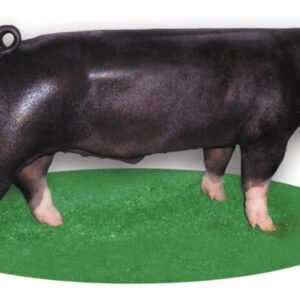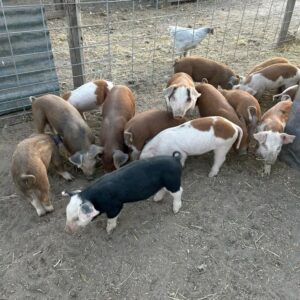The domestic pig, also called puerco (pl.: pig) or domestic pig, is a domesticated, omnivorous mammal with smooth hooves. It is called the domestic pig to distinguish it from other members of the genus Sus. Some experts believe it is a subspecies of Sus scrofa (Eurasian wild boar or wild boar), while others believe it is a distinct species. Pigs were domesticated in the Neolithic period in East Asia and the Middle East. When domestic pigs arrived in Europe, they interbred extensively with wild pigs but retained their domestic characteristics.
Pigs are raised primarily for their meat, called pork. The hide or skin of the animal is used for leather. China is the world’s largest producer of pork, followed by the European Union and the United States. About 1.5 billion pigs are raised each year, producing about 120 million tons of meat, often salted as bacon. Some are kept as pets.
Pigs have been present in human culture since the Neolithic, appearing in art and literature for children and adults, and in cities like Bologna they are famous for their meat products.







